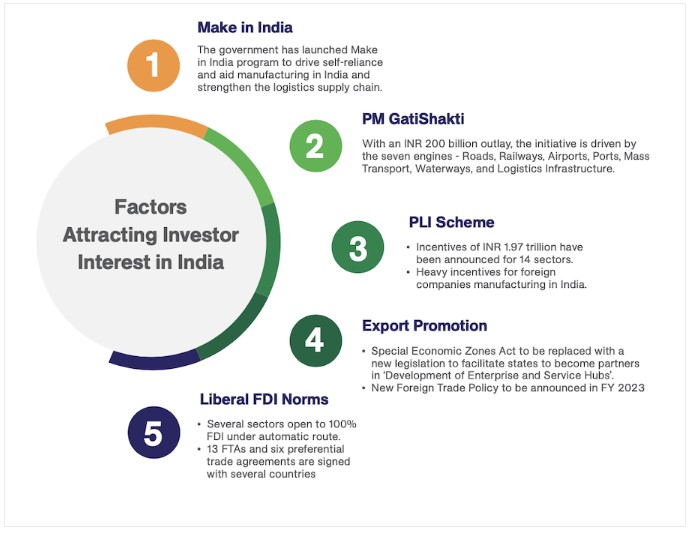7667766266
enquiry@shankarias.in
In FY23, India received lower Foreign Direct Investment (FDI) equity inflows than FY22 which raises the situation to analyse India’s FDI status.
Status of India’s FDI
Source- RBI’s Census on Foreign Liabilities and Assets of Indian Direct Investment Entities
In 2023, the top 5 States attracting FDI include Maharashtra, Karnataka, Gujarat, Delhi, and Tamil Nadu.
According to the 2023 Economic Survey, a rebound in incoming FDI is expected due to various factors like
India’s neighbouring countries are China, Bangladesh, Pakistan, Bhutan, Nepal, Myanmar, and Afghanistan.

References